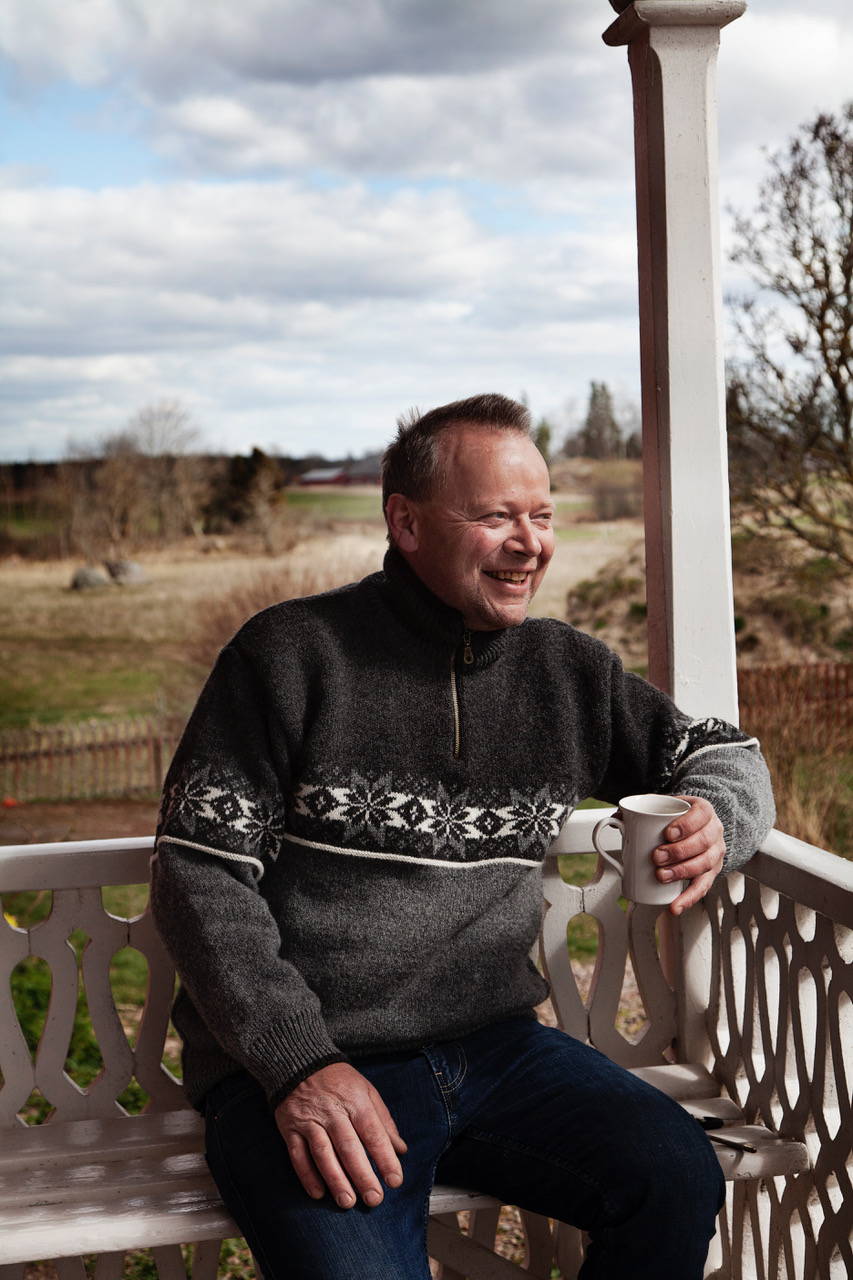We are on Trustpilot
We are rated Excellent, read what our customers are saying
Löt Gårdsmejeri is a small goat farm, dairy, and cheesery in Sweden. The farm itself looks a bit like a farm from “Alla vi barn i Bullerbyn” (an Astrid Lindgren story), and doesn’t particularly strike you as a big deal.
But it is.
Swedish cheese and butter from Löt are being served at Michelin star restaurants as well gourmet pubs and taverns. For example both NOMA in Denmark and Zén in Singapore serve products from Löt—both restaurants have been awarded three Michelin stars.
This little dairy is making waves, and yet it’s a small place with just over 100 goats. So how has it ended up on the world map?
We asked one of the owners, Erik Garberg, how they’re able to produce world-class products at a small farm and what it’s like running a small farm and dairy in Sweden.
A Norwegian Making Cheese in Sweden

Happy Goats Make for Great Cheese
The Best Things with Being a Goat Farmer and Cheesemaker
Homogenized Milk Means Less Taste
Having Fun Experimenting
How Do You Make Great Goat Cheese?
A Year With Goats
It Takes a Lot of Milk
What’s It Like Running a Small Swedish Dairy Today?
What’s One of the Main Difficulties for Smaller Dairies?
Operakällaren
KRAV—to Be or Not to Be
Pairing Löt Cheese with Wine
Does Sweden Offer World Class Cheeses?
Goat Power—Goats Generating Electricity
Visiting Löt
Löt Summed Up